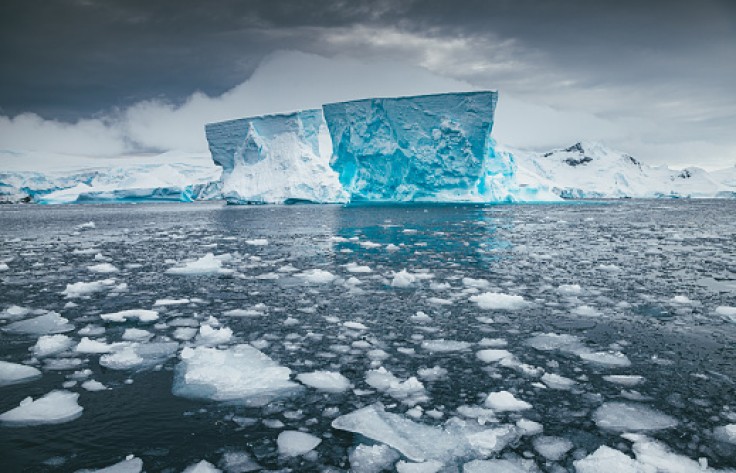It has been known that the ice in the North and South Poles has been melting, which has had environmentalists concerned due to the risks it might bring. Alarmingly, the sea ice in Antarctica has been at its lowest for two years in a row, which may come with severe side effects.

Antarctica Losing Its Ice
Sea ice can usually be seen in freezing seawater which floats on the surface. This is also what predatory animals would use as a platform as they hunt for food in polar regions, such as penguins and polar bears.
During the winter, the sea ice builds up to its maximum extent, which is around 28.8 degrees Fahrenheit. Come spring and summer, the ice will melt and reach its minimum extent. The former usually happens around September with the latter around late February.
Normally, the maximum extent would cover around seven million square miles, with a minimum extent of around one million square miles. However, that coverage has lowered over the last two years, as mentioned in Space.
The National Snow and Ice Data Center reported that last year, the minimum extent reached 772,000 square miles, which was the lowest then. This year in late February, it reached an even lower number of 691,000 square miles, which is 40% less than the average from 1981 to 2010.
Antarctic sea ice expert at the University of Tasmania Will Hobbs said that they had already anticipated the outcome and that it wasn't even a "close run thing." The coming years will likely bring lesser sea ice during the period of minimum extent, reports say.
Why It Can Be Dangerous
In the bigger picture, the changes in the amount of sea ice can interfere with normal ocean circulation, which can contribute to the worsening of the global climate. Ironically, lesser sea ice will actually contribute to more of it melting away.
Due to the bright color of the ice, it reflects the sunlight back into the atmosphere and to space, which reduces the temperature of the planet. Without sea ice, solar energy will be absorbed by the ocean, causing a rise in temperature.
This begins the cycle of continuous warming and melting, as pointed out by the National Oceanic and Atmospheric Administration. Warmer temperatures will affect ice growth during winter and fall, and the ice will melt quicker during summer and spring.
Ted Scambos, a senior research scientist at the Cooperative Institute for Research in Environmental Sciences, expressed that less sea ice would mean that ocean waves would pound the coast of the giant ice sheet, which reduces ice shelves in Antarctica.
The instability of ice shelves could affect huge glaciers such as the Pine Island and the Thwaites glaciers. NSIDC senior research scientist Julienne Stroeve said that if the glaciers begin a rapid loss of land ice, it could trigger an increase in sea level rise rates.
Higher sea levels could then affect lands that are at lower levels. Venice, Italy could be an example of water slowly inching into the land. Some say that the famed city would sink by 2100, and the rise in sea levels is a contributing factor.









